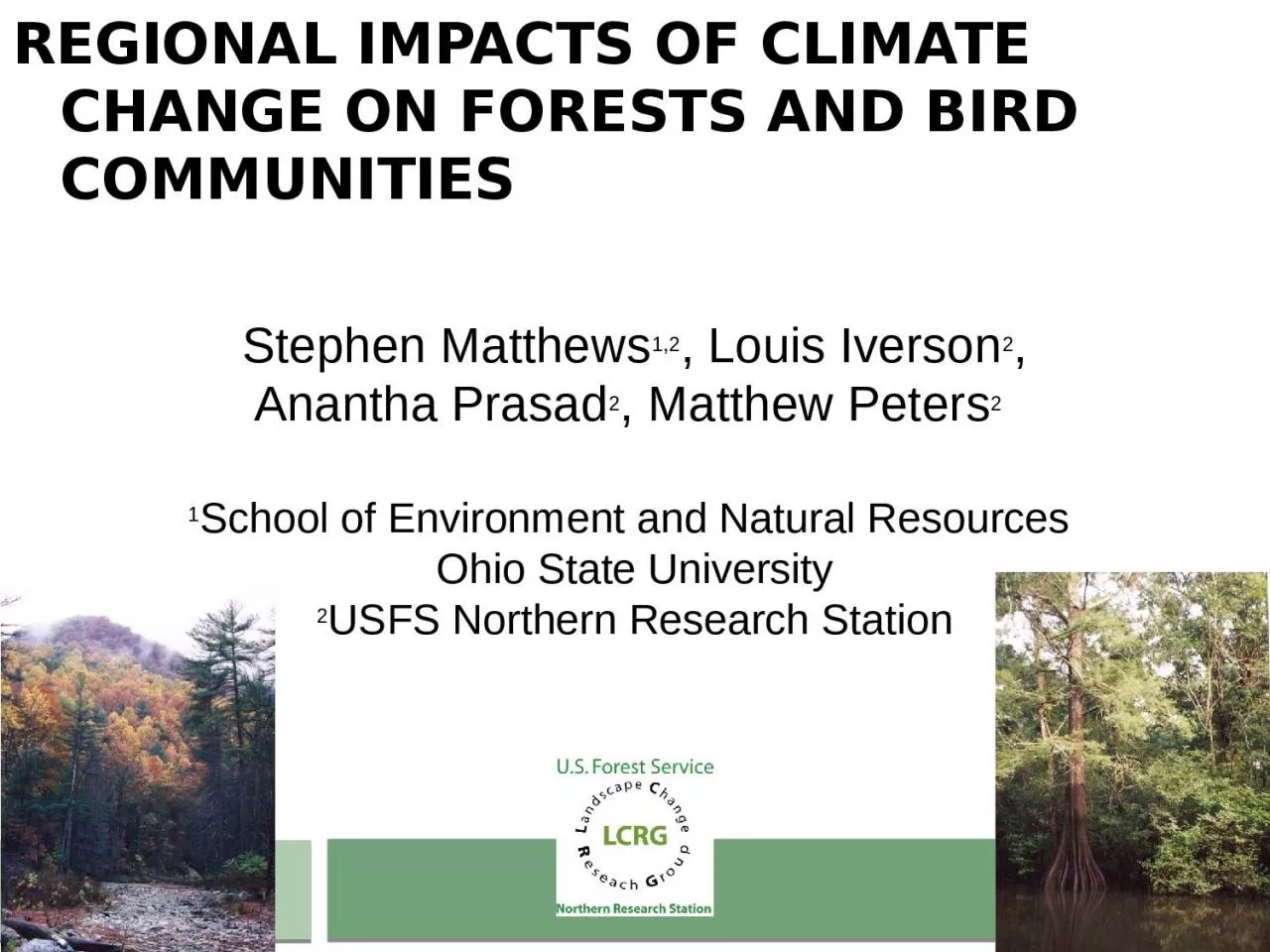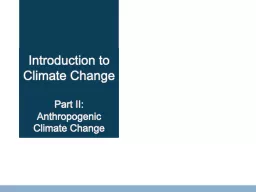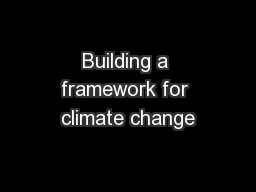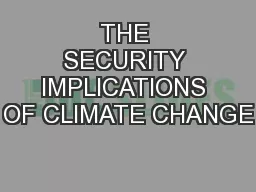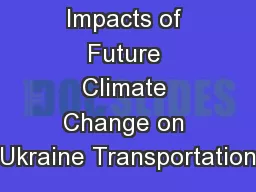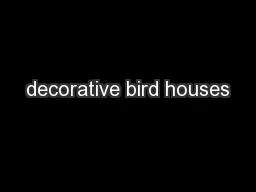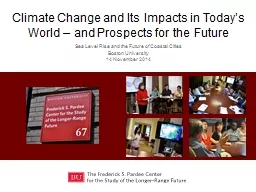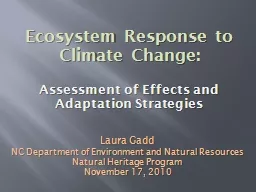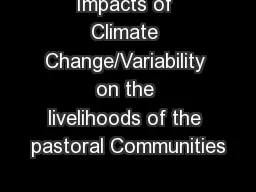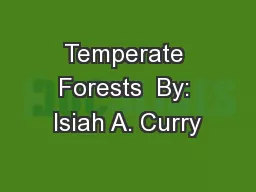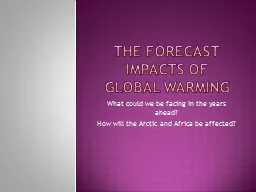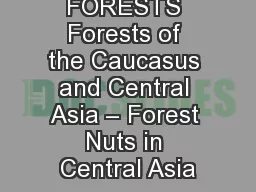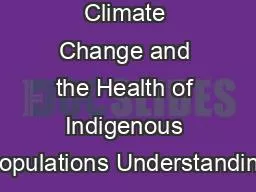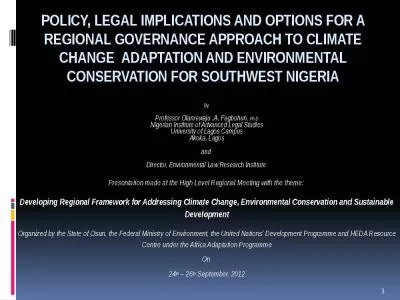PPT-Regional Impacts of Climate Change on Forests and bird communities
Author : abigail | Published Date : 2023-10-29
Stephen Matthews 12 Louis Iverson 2 Anantha Prasad 2 Matthew Peters 2 1 School of Environment and Natural Resources Ohio State University 2 USFS Northern
Presentation Embed Code
Download Presentation
Download Presentation The PPT/PDF document "Regional Impacts of Climate Change on Fo..." is the property of its rightful owner. Permission is granted to download and print the materials on this website for personal, non-commercial use only, and to display it on your personal computer provided you do not modify the materials and that you retain all copyright notices contained in the materials. By downloading content from our website, you accept the terms of this agreement.
Regional Impacts of Climate Change on Forests and bird communities: Transcript
Download Rules Of Document
"Regional Impacts of Climate Change on Forests and bird communities"The content belongs to its owner. You may download and print it for personal use, without modification, and keep all copyright notices. By downloading, you agree to these terms.
Related Documents

